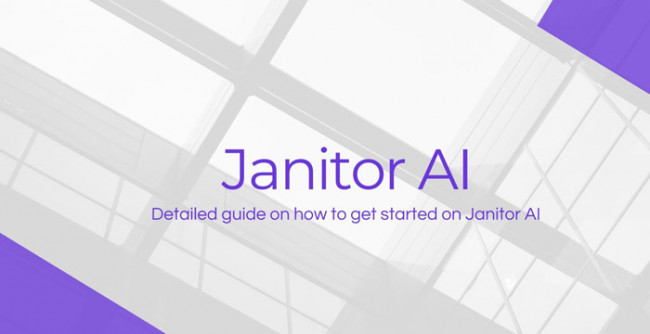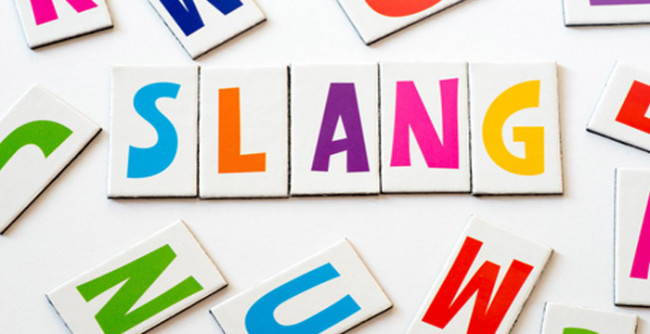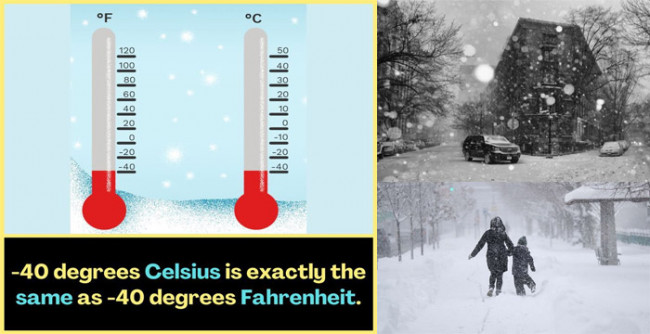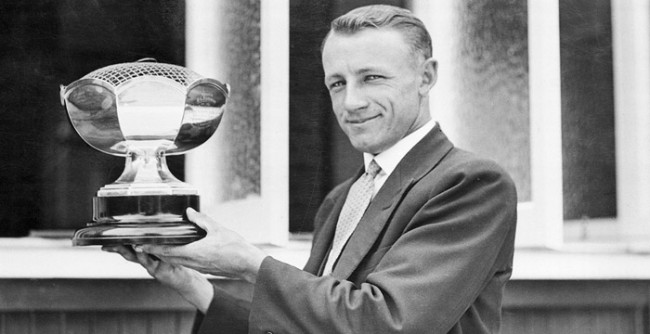Table of Content
It begins with a rhythm. No lyrics, no melody, no conventional logic—just a looping, hypnotic chant: “Tralalero Tralala.” You might have encountered it in TikTok videos, paired with animated visuals, or even seen it trending in Spotify meme playlists.
But what is this sound that seems to be everywhere? Where did it originate, what are people searching for when they look up “Tralalero Tralala lyrics translation,” and how did a phrase with no clear meaning find such a large audience?
Here’s a closer look.

The TikTok Clip That Sparked the Trend
In early 2025, a TikTok user known as @eZburger401 uploaded a voice clip featuring a synthetic Italian-style narrator. It began with the now-famous chant, “Tralalero Tralala” and transitioned into an unusual AI-generated monologue that included references to gaming and family interactions.
Shortly after going viral, the account was removed. But by then, the audio had already gained significant traction. Remix creators, visual artists, and even indie game developers began incorporating it into their content, expanding its reach across platforms.
Why the Chant Resonated
One reason for its popularity is that “Tralalero Tralala” functions as a kind of musical loop. It has no defined meaning and no official Tralalero Tralala lyrics, but its rhythm is memorable and easy to adapt. This has made it appealing for short-form content, remixes, and parodies.
The chant’s wide appeal can be attributed to:
- Its universality—no language barrier.
- Its versatility—usable in humorous, surreal, or musical contexts.
- Its simplicity—easy to imitate, remix, or loop.
While many have searched for a Tralalero Tralala lyrics translation, the phrase is best understood as nonsensical and rhythmic, designed more for sound than semantic meaning.
What Does “Tralalero Tralala” Mean in Arabic?
The chant has prompted global curiosity, especially among Arabic-speaking audiences. Many have asked about the Tralalero Tralala meaning in Arabic, assuming it may carry cultural or linguistic roots.
However, there is no known Arabic meaning for the phrase. It does not appear in traditional dialects, formal Arabic vocabulary, or regional chants. It was created as part of an AI-generated monologue and has no intentional link to the Arabic language or folklore.
Still, the phrase has appeared in Arabic-subtitled meme content online, where it is used playfully or for humorous effect.
How It Gained Popularity Across Platforms
After its viral debut on TikTok, the sound quickly spread:
On Spotify and YouTube Music
Unofficial remixes and extended edits—such as:
- “Tralalero Tralala (Slowed + Reverb)”
- “Tralalero Tralala Phonk Remix”
- “Tralalero Tralala – 1 Hour Loop”
Began circulating widely. Although there are no official Tralalero Tralala lyrics, many creators began adding invented subtitles or captions, which led users to search for the lyrics translation out of curiosity.
In Gaming and Visual Media
Content creators in the gaming space started using the chant as a background track for gameplay montages or humorous skits. Indie game developers even released lightweight games featuring the sound, further embedding it in digital entertainment culture.

Is There a Musical or Cultural Reference Behind It?
Some listeners have drawn comparisons between the viral chant and Trallalero, a traditional polyphonic singing style from Genoa, Italy. While both share rhythmic vocal patterns, there is no direct or verified connection between the internet meme and the historical music form.
The similarity is likely coincidental, but the association has sparked interest in both modern and traditional vocal styles.
What It Reflects About Internet Culture
“Tralalero Tralala” is an example of how audio-based content without direct meaning can still become culturally significant. It highlights several ongoing trends:
- The rise of AI-generated voices in creative media.
- The effectiveness of loopable, nonsensical audio in viral content.
- A preference for sound over meaning in meme culture.
The high search volume for terms like Tralalero Tralala meaning in Arabic and Tralalero Tralala lyrics translation demonstrates how people engage with even the most abstract content, seeking interpretation, adaptation, and personal connection.
The Role of AI in Shaping Meme Culture
- One of the most intriguing aspects of the Tralalero Tralala trend is its reliance on artificial intelligence, not just for the voice, but for the entire structure of the meme. The original audio clip wasn’t spoken by a human; it was generated using a text-to-speech AI model designed to mimic Italian intonation. This use of AI to create fully fictional, yet emotionally resonant content is a growing trend in 2025.
- Unlike traditional memes that build on cultural references or celebrity moments, AI-generated memes are born from scratch—scripted, voiced, and styled by algorithms. What makes Tralalero Tralala unique is how people responded to this artificial nonsense with real creativity. They remixed it, subtitled it, gamified it, and gave it emotional texture that the original did not have.
The viral success of this chant shows that AI is not just a tool but a co-creator in digital culture. As more creators use AI to generate scripts, sounds, and visuals, we’re entering a new phase where human interpretation breathes life into machine-made randomness. This explains why people feel compelled to search for meaning—even in a chant like Tralalero Tralala, which was never meant to mean anything at all.
Why Creators and Marketers Should Pay Attention
Understanding how something like “Tralalero Tralala” spreads offers valuable insight into modern media dynamics. For content creators, marketers, and brand strategists, this trend illustrates:
- The viral potential of sound-only memes
- The growing demand for remixable audio
- The power of user-generated narrative—where audiences build the story
These elements are shaping how audio and visual media evolve on platforms like TikTok, Instagram Reels, and YouTube Shorts.
Meme with Global Curiosity
While “Tralalero Tralala” might appear random at first, it represents a broader digital movement where sound, repetition, and remixability matter more than traditional storytelling. It’s not just a chant; it’s a case study in how internet culture embraces the unexpected.
And if you arrived here looking for an official Tralalero Tralala lyrics translation or trying to decode the meaning in Arabic, now you know: it’s sound over sense—but clearly, that’s enough to spark worldwide fascination.









